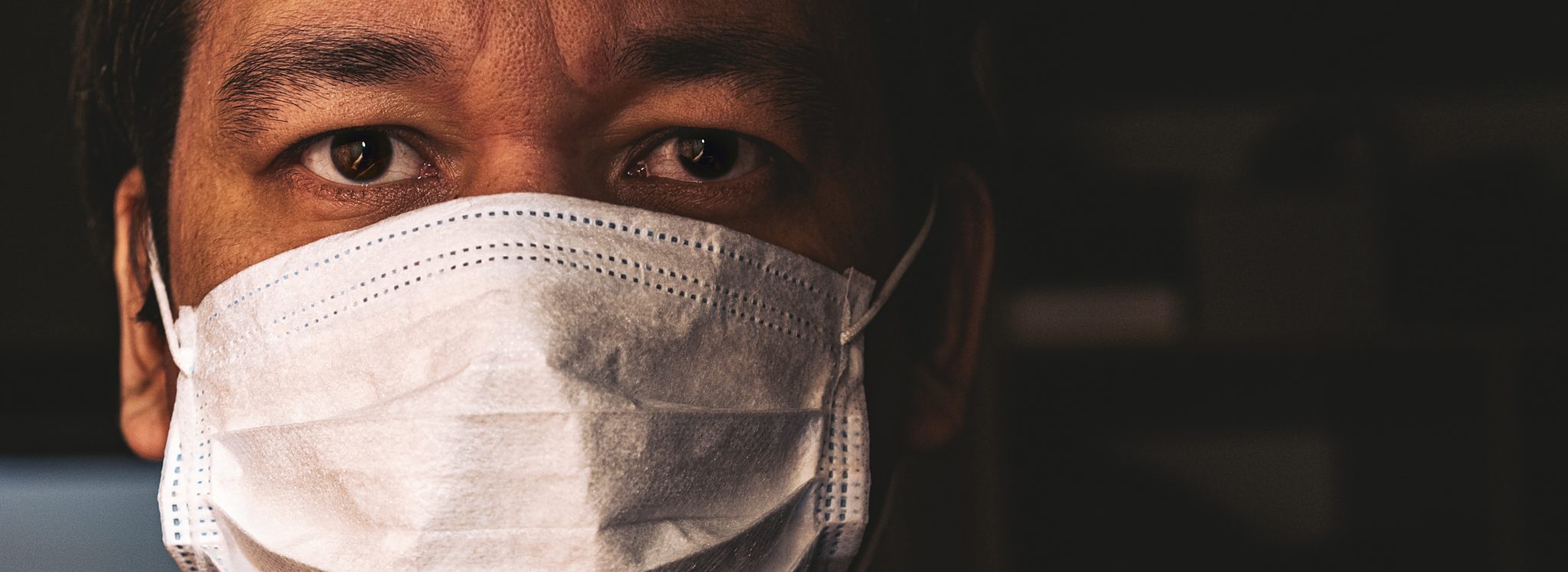Health & Nutrition

COVID-19 arrived on the scene in January 2020 and confirmed what many people already know: Health disparities continue to be a major problem in the United States. The United States Department of Health and Human Services (DHHS) defines a health disparity as “a particular type of health difference that is closely linked with social, economic, and/or environmental disadvantage.”
Such inequalities affect groups of people by race, culture, religion, social standing, gender, age, disabilities, and other factors. Therefore, health disparities existing in black and Hispanic communities regardless of sexual orientation, for example, significantly increased the severity of COVID-19 in these populations. Health disparities are also directly linked to various social factors.
Social Determinants
The Centers for Disease Control and Prevention (CDC) identified five social determinants or factors that impact health issues like COVID-19. These factors include the following:
- Neighborhood and physical environment
- Health and healthcare
- Occupation and job conditions
- Income and wealth
- Education
Social determinants can impact health and lead to greater health inequities among certain populations. In other words, where you live and work, as well as your educational background, impact health outcomes. For example, do you live in crowded living conditions or in a neighborhood with limited access to healthy food? Do you have quality health insurance on your job, or can you afford to pay for health care? Do you live in poverty or have a steady job that adequately supports you and your family? Is quality education accessible or do you live in a neighborhood with poor-performing schools? Is your community safe or are there higher incidences of violence or hate crimes? Do you have positive community support resources?
Looking back, it is obvious that social determinants directly contributed to the spread of COVID-19 and its variants, particularly among underserved populations.
COVID in Minority Communities
Some members of minority populations are more susceptible to COVID-19 because of several potential factors, including the fact that people:
- Live in crowded housing where social distancing is not an option.
- Work in essential public service fields that expose them to COVID-19.
- Lack the access to quality health care or other treatment options.
- Experience high levels of stress that wreaks havoc on immune systems.
- Distrust health care systems due to personal or historical incidences of mistreatment, including discriminatory practices.
Although already existing, these social factors played a key role in increasing the spread of COVID-19 and can lead to greater health disparities.
Underlying Health Conditions
Additionally, over the past two years, health disparities played a key role in the transmission of COVID-19 among older adults and people with underlying health conditions. These underlying health conditions include but are not limited to cancer, heart disease, chronic kidney and lung diseases, diabetes, and obesity. Since many of these health conditions are more widespread in communities of color, naturally, more COVID-related deaths occurred among these populations. This is especially true among African American and Hispanic communities. These communities are also typically more hesitant to take the COVID-19 vaccines and to get tested due to politics, limited knowledge, religion, family, and peer influence as evidenced by Alabama Extension research.
Eliminating Health Disparities
Undoubtedly, COVID-19 forced a spotlight on health disparities in this nation. Because of these inequities or differences, underserved populations suffered the most. The good news is that many health and community organizations are more committed to eliminating health disparities existing among the people they serve. For instance, partner organizations like the National Association for the Advancement of Colored People revamped their health objectives to “eliminate racial health disparities.” Much like the Alabama Cooperative Extension System, they are also committed to creating “an inclusive culture of healthy people and communities.”
The CDC encourages everyone to do their part within their neighborhoods. This involves ensuring that all communities have access to resources to sustain good physical and mental health. More evidence-based resources, more inclusive data collection, and funding are being provided to address health disparities locally, statewide, and on a national scale.
It will take the collective efforts of healthcare providers, community and faith-based organizations, employers, public officials, and people like you and me doing our part to ensure there is fair and equal access to healthcare. Even community organizations like Alabama Extension can do what they do best – deliver science-based information to underserved audiences about COVID-19 and other health-related issues.

